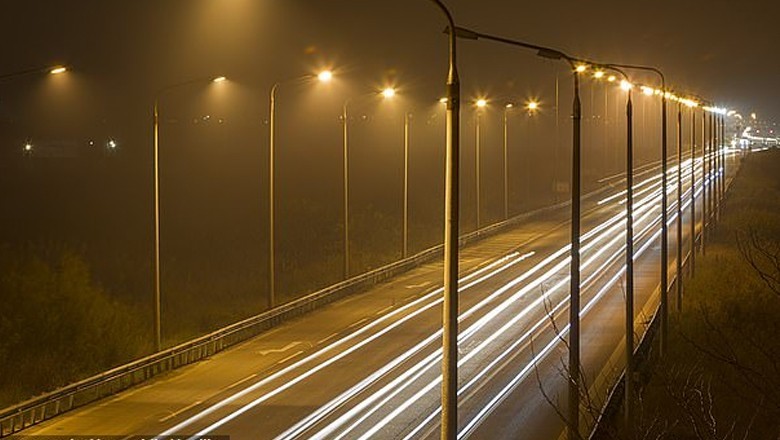Exposure to outdoor bright lights at night may increase risk of stroke: study

Web Desk
|
27 Mar 2024
A new research has linked bright lights at night to a higher risk of stroke. Researchers found that increased exposure to outdoor artificial lights can disrupt blood flow to the brain.
The new study discovered a 43% increase in the risk of diseases including conditions like blocked arteries and bleeding, both major contributors to stroke.
Dr Jian-Bing Wang from Zhejiang University School of Medicine in China, who led the research team, recommended, "we advise people, especially those living in urban areas, to consider reducing that exposure to protect themselves from its potential harmful impact."
The background information provided by the researchers suggested that four-fifths of the global population resides in areas with excessive light pollution.
Wang and his colleagues analysed over 28,300 participants in China by utilising satellite data to assess light pollution levels in outdoor environments.
These adults lived in Ningbo, a major port and industrial city on China's east coast with a population of more than 8.2 million.
During six years of study from 2015 to 2021, the researchers found nearly 1,300 cases of brain blood vessel disease, including 777 strokes caused by blocked arteries and 133 strokes caused by bleeding into the brain.
According to the study, continuous exposure to bright lights at night might reduce melatonin production, a hormone crucial for sleep regulation.
Disrupted sleep patterns, could be a contributing factor to the increase in stroke risk, study added.
It further revealed a correlation between air pollution and heightened stroke risk.
Participants with the highest exposure to pollutants generated through activities like fuel combustion, dust generation, and smoke production, faced a 41% to 50% increase in stroke risk compared to those with the lowest exposure.
Furthermore, the researchers identified a 31% increase in stroke risk among individuals most exposed to nitrogen oxides, commonly emitted by cars and industrial vehicles.












Comments
0 comment